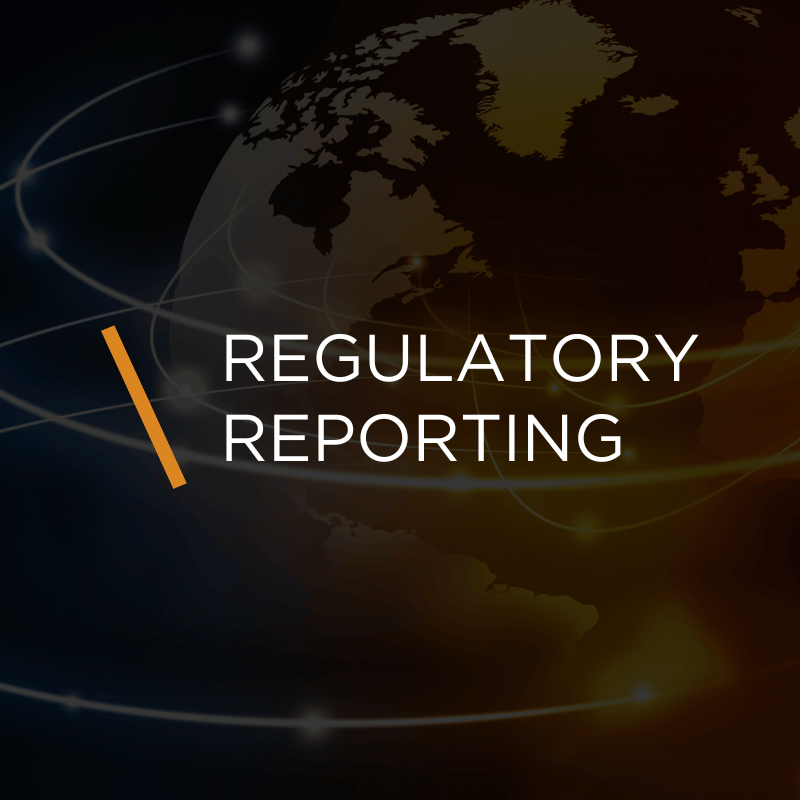On 31 March 2020, the European Securities and Markets Authority (ESMA) announced that it was delaying the first reports by money market funds managers under the Money Market Funds Regulation (MMF Regulation) until September 2020. The original date for submissions was April 2020. The delay was due to an update to the XML schema.
Earlier this month, ESMA published the updated reporting instructions to be used for reporting under the Money Market Fund Regulation (MMFR). Reporting entities should use the version v1.1 to submit reports required under Article 37 of MMF regulation by September 2020. The reference period for the first reporting is Q1 2020, meaning that MMF Managers shall report in September 2020 quarterly reports for both the Q1 and Q2 reporting periods.
ESMA’s reporting instructions aim to specify the exchange of MMF reports between the managers of MMFs, NCAs, and ESMA. The following documents have been updated:
What are the requirements of Article 37
Article 37 of the MMFR requires managers to report certain information for each MMF that it manages to the relevant National Competent Authority (NCA).
In July 2019, ESMA published the Final Report on the Guidelines on the reporting to competent authorities under Article 37 of the MMF Regulation.
Frequency of Reporting
An MMF whose assets under management exceed €100 million shall report information to the competent authority of the MMF on at least a quarterly basis.
MMFs with an AUM under €100 million shall report information to the competent authority of the MMF on at least an annual basis.
Reporting Requirements
A quick glance at the Reporting Template reveals a lot of obvious duplication with AIFMD Annex IV reporting. In addition to this, the report shall include information on the Manager and on the MMF as well as details of assets and liabilities of the MMF, specific portfolio indicators and stress test.
Reporting includes:
- The type and characteristics of the MMF;
- Portfolio indicators such as the total value of assets, maturity breakdown, liquidity and yield;
- The results of stress tests, including:
o liquidity stress tests
o credit stress tests
o FX rate stress tests
o Interest rate stress tests
o level of redemptions stress tests - Information on the assets held in the portfolio of the MMF, including:
o the characteristics of each asset, such as name, country, issuer category, risk or maturity, and the outcome of the internal credit quality assessment procedure;
o the type of asset, including details of the counterparty in the case of derivatives, repurchase agreements or reverse repurchase agreements; - Information on the liabilities of the MMF, including:
o the country where the investor is established;
o the investor category;
o subscription and redemption activity
Risk management professionals are in for a busy month in September with the ESMA Liquidity Stress Testing for UCITS and AIFs and the Article 37 MMF Reporting for both Q1 and Q2 due at the end of the month.
Our automated liquidity risk management solution is designed to meet international requirements in respect of liquidity risk management and liquidity stress testing. It is a holistic solution which embeds liquidity risk management into the product governance, throughout the product lifecycle. To learn more about how we can assist you in meeting your liquidity requirements and reduce your liquidity risk management burden, click here.
Request a Demo
Error: Contact form not found.














